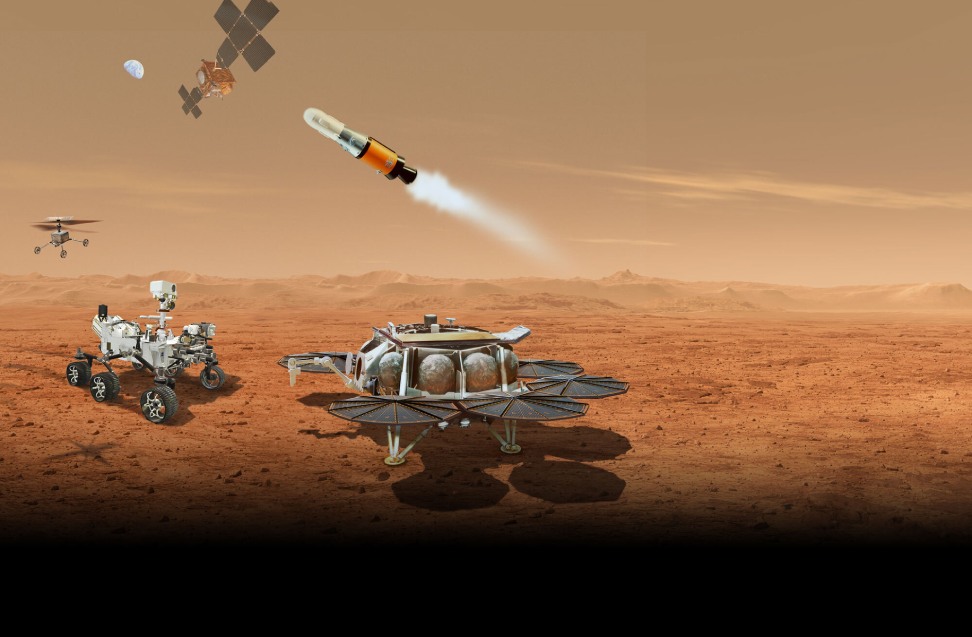Lotus365 Book, Lotus365, Lotus365: One of the primary challenges of sending humans to Mars is the immense distance they must travel. Mars is on average about 225 million kilometers away from Earth, which means spacecraft traveling to the red planet must endure a journey lasting anywhere from six to nine months. This extended travel time not only exposes astronauts to potential health risks, such as radiation exposure and muscle atrophy, but also requires meticulous planning to ensure adequate food, water, and other essential supplies for the duration of the mission.
Additionally, the harsh Martian environment presents numerous obstacles that must be overcome for successful human exploration. Dust storms, extreme temperatures, and high levels of radiation are just a few of the hazards that astronauts would face while on the surface of Mars. Developing technologies to protect against these elements, as well as to sustain life in the planet’s inhospitable conditions, is crucial for the safety and well-being of future Martian pioneers.
– Planning for adequate food, water, and supplies for the duration of the mission
– Exposure to potential health risks such as radiation and muscle atrophy during the journey
– Overcoming obstacles in the harsh Martian environment like dust storms, extreme temperatures, and high levels of radiation
– Developing technologies to protect against hazards on Mars and sustain life in inhospitable conditions
Advancements in Spacecraft Technology
Spacecraft technology has rapidly evolved in recent years, bringing us closer to the possibility of sending humans to Mars. Innovations in propulsion systems, materials science, and artificial intelligence have all contributed to the advancement of spacecraft design. These developments have made missions to Mars more feasible than ever before.
One of the key breakthroughs in spacecraft technology is the development of ion propulsion systems, which allow spacecraft to travel further and faster than traditional chemical propulsion systems. By using ions for thrust, spacecraft can achieve higher speeds and cover vast distances in space. Additionally, the use of advanced materials such as carbon composites has enabled the construction of lighter and more durable spacecraft, reducing the cost and complexity of missions to Mars.
What are some of the challenges involved in sending humans to Mars?
Some of the challenges include radiation exposure, long-duration space travel, psychological effects of isolation, and the need for life support systems.
What advancements have been made in spacecraft technology to address these challenges?
Lotus365 Id, 99exch, 99exch.com Login: Advancements such as improved propulsion systems, better radiation shielding, advanced life support systems, and autonomous navigation have been developed to overcome these challenges.
How have propulsion systems evolved in spacecraft technology?
Propulsion systems have evolved from traditional chemical rockets to more efficient and powerful systems such as ion and plasma propulsion, allowing for faster and more cost-effective space travel.
What role does autonomous navigation play in spacecraft technology?
Autonomous navigation allows spacecraft to make real-time adjustments to their trajectory, reducing the risk of collisions and saving valuable time and resources during long-duration space missions.
How have advancements in radiation shielding improved space travel for humans?
Improved radiation shielding materials and techniques help protect astronauts from harmful radiation exposure during long journeys in space, making missions to Mars and beyond safer for human exploration.

